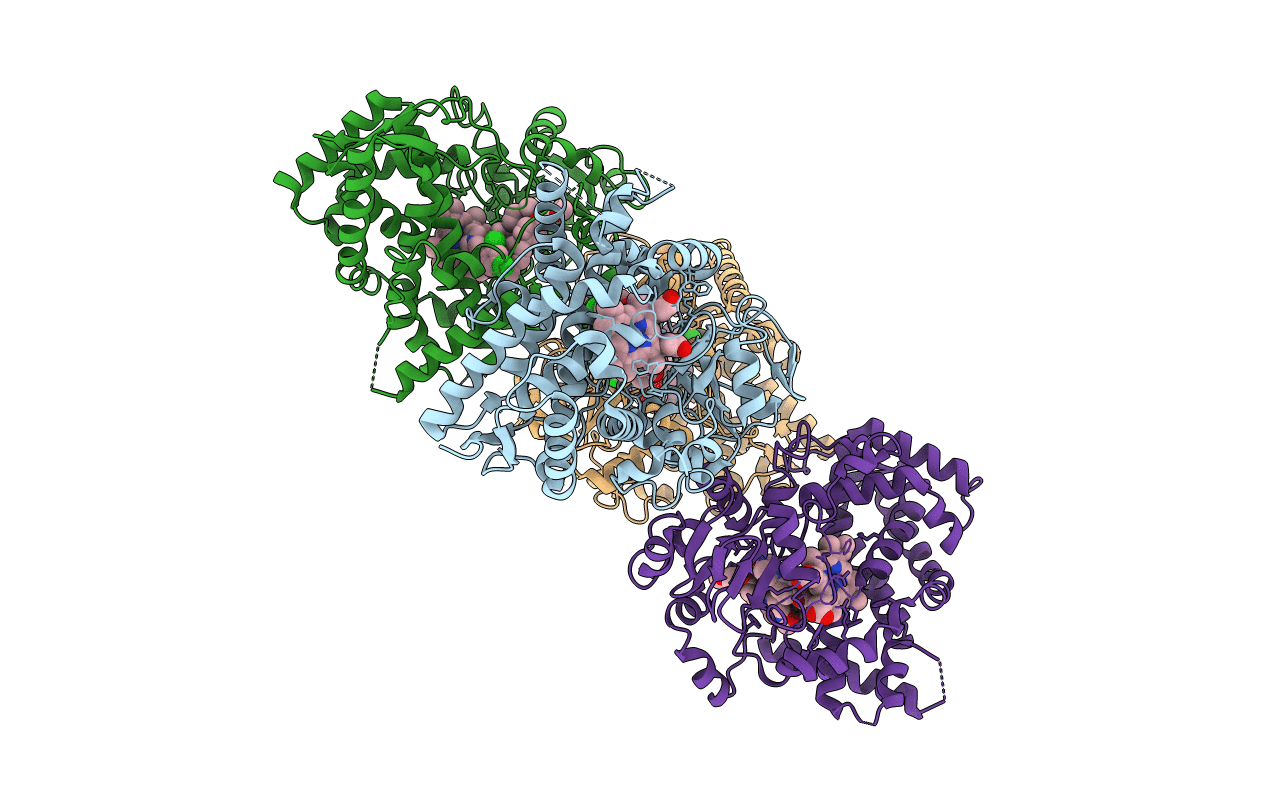
Deposition Date
2007-05-15
Release Date
2007-06-26
Last Version Date
2023-12-13
Entry Detail
PDB ID:
2V0M
Keywords:
Title:
Crystal structure of human P450 3A4 in complex with ketoconazole
Biological Source:
Source Organism:
HOMO SAPIENS (Taxon ID: 9606)
Host Organism:
Method Details:
Experimental Method:
Resolution:
2.80 Å
R-Value Free:
0.27
R-Value Work:
0.21
R-Value Observed:
0.22
Space Group:
C 1 2 1


